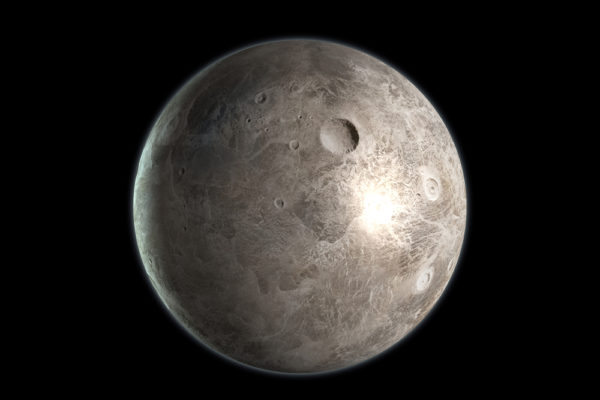
Now more than ever, space agencies and starry-eyed billionaires have their minds fixed on finding a new home for humanity beyond Earth’s orbit. Mars is an obvious candidate, given its relatively close proximity, 24-hour day/night cycle and CO2-rich atmosphere. However, there’s a school of spacefaring thought that suggests colonizing the surface of another planet — any planet — is more trouble than it’s worth.
Now, a new paper published Jan. 6 date to the preprint database arXiv offers a creative counter-proposal: Ditch the Red Planet, and build a gargantuan floating habitat around the dwarf planet Ceres, instead.
In the paper, which has not yet been peer-reviewed, astrophysicist Pekka Janhunen of the Finnish Meteorological Institute in Helsinki describes his vision of a “megasatellite” of thousands of cylindrical spacecrafts, all linked together inside a disk-shaped frame that permanently orbits Ceres — the largest object in the asteroid belt between Mars and Jupiter. Each of these cylindrical habitats could accommodate upwards of 50,000 people, support an artificial atmosphere and generate an Earth-like gravity through the centrifugal force of its own rotation, Janhunen wrote.


